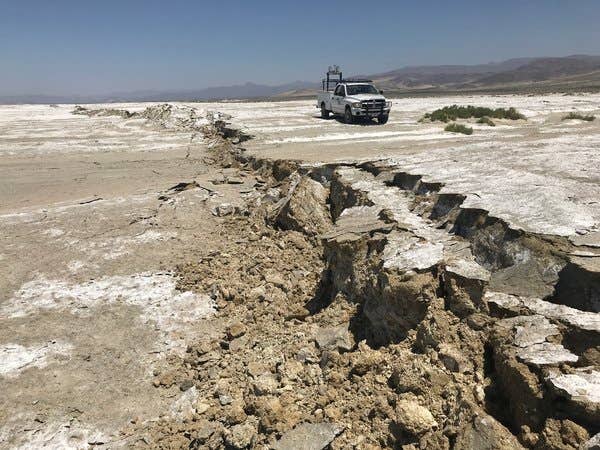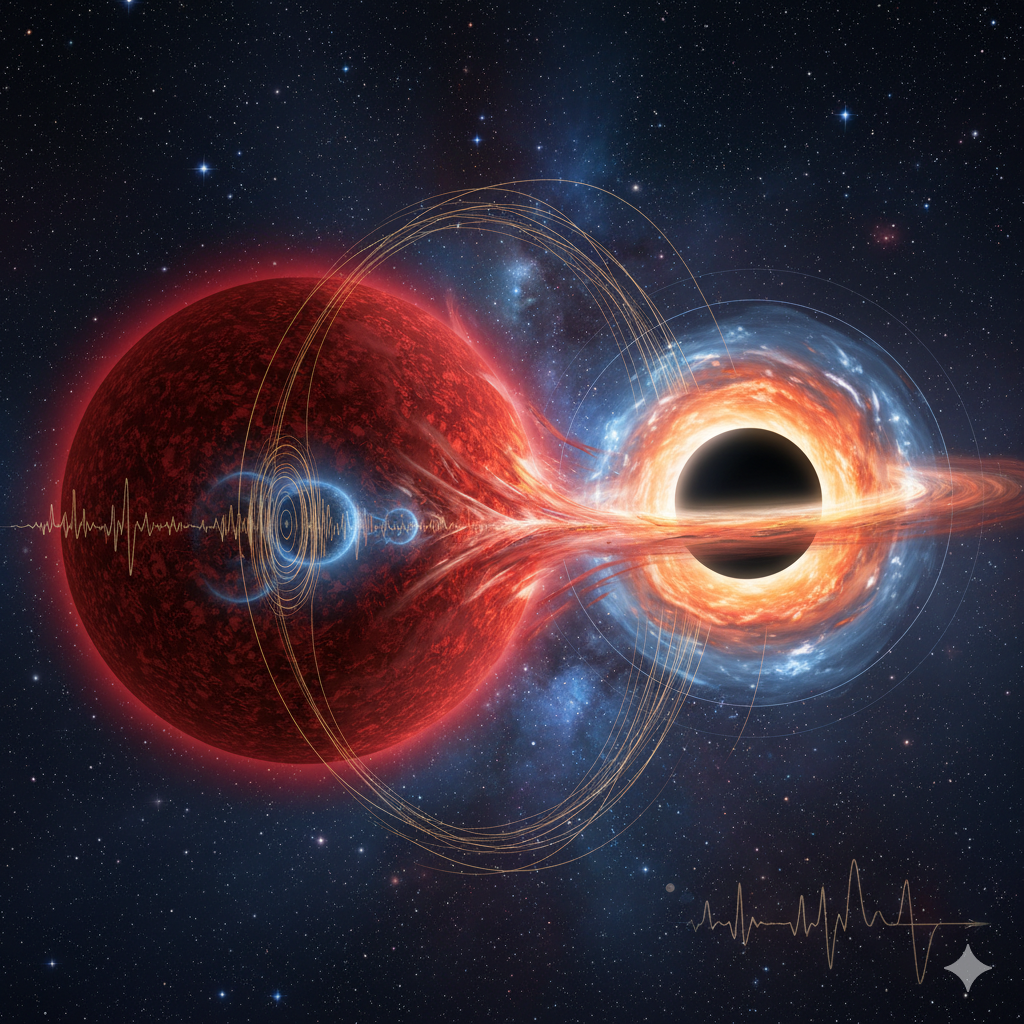San Andreas fault earthquakes may be significantly larger in the future
When a recent magnitude 7.7 earthquake shook Myanmar, it wasn’t just another powerful tremor—it was a geological curveball.

A record-breaking earthquake in Myanmar challenges old ideas about fault behavior, with new lessons for California’s San Andreas fault. (CREDIT: Caltech / S. Antoine)
When a magnitude 7.7 earthquake shook Myanmar on March 28, 2025, it wasn’t just another powerful tremor—it was a geological curveball. The quake ripped open more than 500 kilometers (317 miles) of the Sagaing Fault, making it the longest continental rupture ever documented.
That’s farther than California’s 1906 San Francisco earthquake and its legendary 1857 rupture combined. The event killed thousands, caused billions in damage, and sent shockwaves—both seismic and scientific—across the globe.
Researchers at Caltech now say the findings could change how scientists forecast earthquakes, particularly along strike-slip faults like Myanmar’s Sagaing and California’s San Andreas.
“Earthquakes never come back exactly the same way,” said Solène Antoine, lead author of the study published in Proceedings of the National Academy of Sciences. “It is a matter of showing what scenarios are possible, the diversity of scenarios, and seeing what the consequences of each could be.”
A Fault With a Familiar Twin
The Sagaing Fault runs nearly straight from the Himalayas to the Andaman Sea, slicing Myanmar north to south. Much like the San Andreas in California, it’s a strike-slip fault—two massive slabs of crust grinding past each other horizontally. Over decades or centuries, stress builds until the rocks snap and lurch, releasing the stored energy as an earthquake.
For decades, scientists expected the next big quake there to rupture a long-quiet 300-kilometer section that hadn’t broken since 1839. That’s the seismic gap theory: the longer a section stays locked, the more overdue it becomes. And sure enough, that section did break—but so did many others that had slipped in the 20th century.
In all, the fault lurched an average of 3 meters, with the eastern side sliding south relative to the west. This defied the idea that only the “overdue” section would fail. “It came as a surprise that you could get such a long rupture,” said Jean-Philippe Avouac, the study’s senior author and a professor of geology and engineering at Caltech.
Related Stories
- New evidence reveals massive earthquake linked to dinosaur extinction
- Global First: Real-time video directly captures how the Earth’s surface moves during an earthquake
A Supershear Surprise
One clue to the quake’s extraordinary reach lies in the fault’s smooth geometry. When a fault is exceptionally straight and even, ruptures can accelerate to supershear speeds—faster than seismic waves themselves—allowing the break to race farther and faster than expected. The team’s satellite data showed no “shallow slip deficit,” meaning the entire locked depth of the fault, down to 13 kilometers, gave way evenly.
This smooth, uninterrupted rupture challenges long-standing scaling laws that relate fault length, slip, and earthquake magnitude. It also points to a troubling reality: even simple-looking faults can produce far more complex—and damaging—events than past records suggest.
Lessons for California’s Big One
What happened in Myanmar raises unsettling questions for California. Could the San Andreas produce a rupture longer than the ones in 1857 or 1906? The study says yes. In fact, simulations suggest the San Andreas might break in multiple smaller events—or in a monster quake exceeding magnitude 8, tearing through Southern California counties all at once.
“We can’t just expect the exact same thing to happen,” Antoine said. “Sometimes it’s quiet for a long time, and then, boom, you have a large earthquake. Other times, you get a cluster of smaller but still damaging events.”
Avouac and his colleagues are developing multi-millennia simulations for the San Andreas, but he warns it’s a heavy computational lift. Such models aim to map out the full menu of possible ruptures rather than pinpoint the exact timing of the next one.
No Clockwork Quakes
One of the study’s most important takeaways is that earthquakes don’t follow a set schedule. In simulations spanning 1,400 years, no repeating patterns emerged. Each rupture reshaped the stress landscape for the next one, creating a kind of geological randomness.
That means past quakes are only part of the story. Historical records—short by geological standards—can’t capture the full range of possibilities. Physics-based models, tuned with real-world data, may be the only way to make time-dependent forecasts.
And there’s one certainty no model can erase: if stress is building, the fault will eventually give way. As Antoine put it, “The fault won’t hold forever.”
Past Studies and Findings
Historically, large earthquakes on strike-slip faults like the San Andreas or Sagaing have been thought to repeat in similar patterns, with ruptures confined to certain fault segments. The 1906 San Francisco quake ruptured 296 miles, while the 1857 Fort Tejon earthquake ruptured 225 miles.
In Myanmar, past major quakes on the Sagaing Fault included a rupture in 1839 along the central section, a pair of events in 1929–1930 affecting the southern stretch, and quakes in 1946 and 1956 further north. Seismic gap theory has long been used to predict which segments might rupture next. However, more recent research has shown that faults can behave unpredictably, with variable rupture lengths and intervals.
In California, earthquake forecasting has relied heavily on statistical models estimating the likelihood of a certain magnitude within a set time frame, often without fully accounting for the timing and distribution of recent fault slips. Remote sensing tools like radar interferometry and optical image correlation have increasingly been used to measure fault movement before and after quakes, offering more precise insights into rupture behavior.
Practical Implications of the Research
For earthquake-prone regions, these findings highlight the need to prepare for a wider range of possible scenarios. Communities along the San Andreas and similar faults should not assume that future quakes will mirror past events in size or location. By integrating physics-based modeling with satellite observations, scientists can create more dynamic, time-dependent forecasts, improving risk assessments and informing building codes, infrastructure design, and emergency planning.
These models could also help prioritize retrofitting in regions most likely to be affected by various rupture scenarios. In the long term, they may serve as decision-making tools for policymakers, insurers, and urban planners, reducing loss of life and economic impact when—not if—the next big earthquake strikes.
Note: The article above provided above by The Brighter Side of News.
Like these kind of feel good stories? Get The Brighter Side of News' newsletter.



